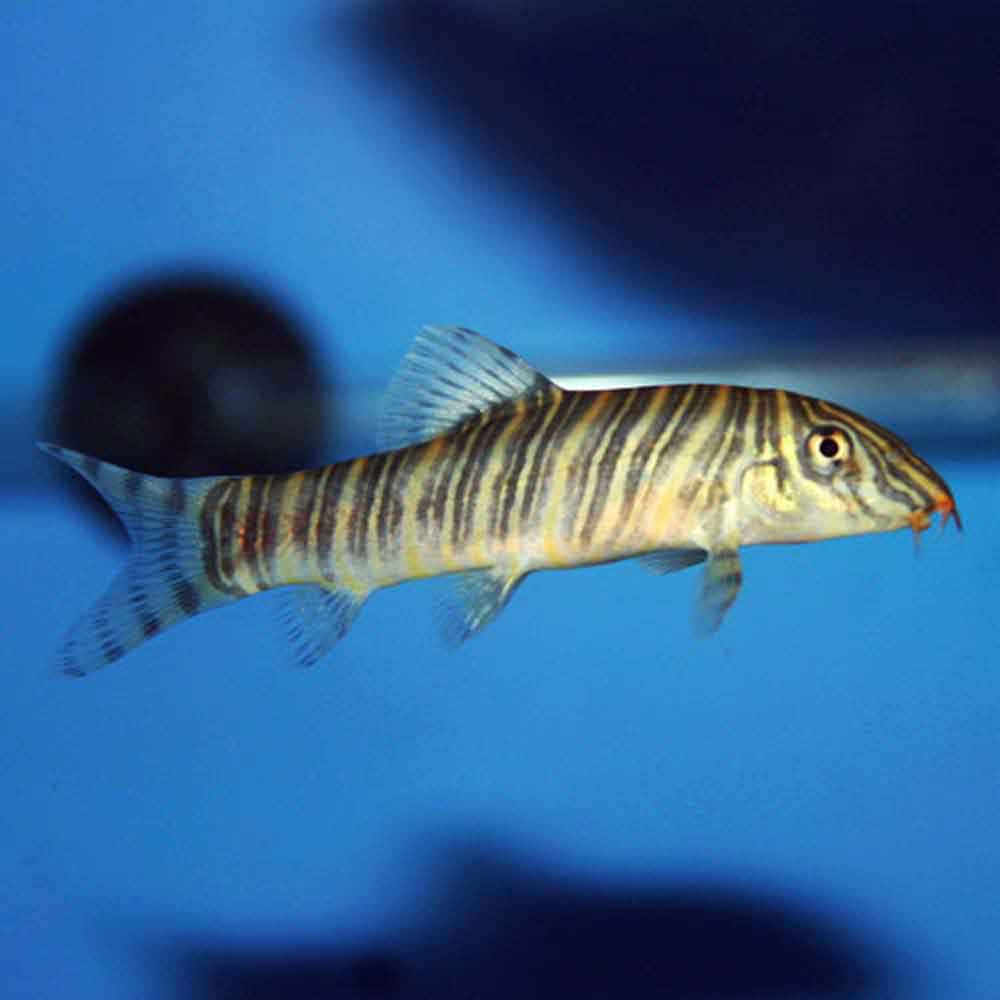

Too few can lead to issues of territoriality and dominance among rivals, so always err on the side of keeping more individuals. As with most loaches, a modestly sized group is recommended, numbering perhaps a half-dozen or more. This is of concern for those wishing to keep this species in captivity. Here it travels about in large shoals which feature a complex hierarchy. What little is known of this fish in the wild indicates it occupies well-oxygenated headwaters whose substrate consists of sand and gravel. But, whichever carnivorous analogy one prefers, this fish is a stunner all the same.īotia histrionica originates from across a large swath of Southeast Asia, from India to Myanmar, in association with the Ayeyarwaddy River and other nearby drainages. Additional spots can also develop between the original bars, creating a dense array that can appear more like a tiger than a zebra. But, upon reaching its adult dimensions of nearly 6 inches, these markings fracture into many smaller, thinner, more-convoluted lines and stripes. Juveniles (which are typically how one comes across this species in the aquarium trade) sport several thick black bars. What’s more, the appearance of this fish changes quite dramatically as it matures.
#ZEBRA LOACH SERIES#
The base coloration of its body is golden in tone (albeit a bit dull compared to that of a Gold Barb), and adorning the sides of adults are a series of black stripes which do indeed give one the impression of a zebra. There are no noticeable external differences between males and females that can be seen however, mature females are slightly more rounded in the abdomen than males.Oftentimes, the common names of the species we keep in aquariums appear almost to have been chosen at random, but the Golden Zebra Loach is a fish that has been perfectly named. Ensure you do not overfeed your fish and remove any leftovers the following day. Although most modern fish foods take this into account and include them in their products, you can still supplement your fish's diet with blanched vegetables such as spinach, broccoli, and zucchini. This fish is an omnivore in the wild, meaning it will consume some vegetable matter. It should be noted that bloodworms should only be given as an occasional treat and should not be used as the staple diet as they are difficult for fish to digest and can potentially cause blockages.


Providing additional foodstuffs such as live, frozen, and freeze-dried meals such as bloodworm, daphnia, and tubifex once or twice a week will provide additional benefits to your fish's health and well-being but is not a must for this fish. These modern food products have been developed to provide all adequate nutrition to maintain your fish's health and dietary requirements. In the home aquarium, the Zebra Loach will readily accept most good quality dried foods such as granules, flakes and sinking pellets. They sport a forked caudal fin, and a half-fan dorsal fin and the ventral and pectoral fins are relatively wide with a decent surface area. They tend to be thicker on the pectoral and caudal fins, and thinner on the dorsal fin. Their fins are semi-translucent, so the lines you see are black. Their fins have some stripes on them as well, but these are different than that of the body. The colour of the lines alters, from pale yellow to deep brown to grey, and may even take on a blue or greenish tone.
#ZEBRA LOACH FREE#
This Loach is striped over the whole body this includes the head and fins, but not the abdomen, which is cream-coloured and free of any patterns or stripes.

These stripes vary in width, from narrow to thick, sometimes dividing up in such a way as to give the appearance of a maze. The lines on their head slant backwards, while the bars in the mid-portion slant forward and those near the tail are almost vertical. Zebra Loaches are prominently marked with vertical stripes, giving them their common name. Young individuals have a red nose that fades as they mature. One of the smaller species of the Botia family, The head of this Loach is round with three pairs of barbells that grace the snout, one maxillary set, and two rostral pairs. These loaches will help maintain your tank by eating algae and organic matter that accumulates over time and they will also eat snails, making them ideal for snail control. However, they are stunning, peaceful, active, and non-aggressive. The Zebra Loach is an excellent freshwater fish that is only really suitable for aquarists with experience as they have no scales and require pristine water conditions.


 0 kommentar(er)
0 kommentar(er)
